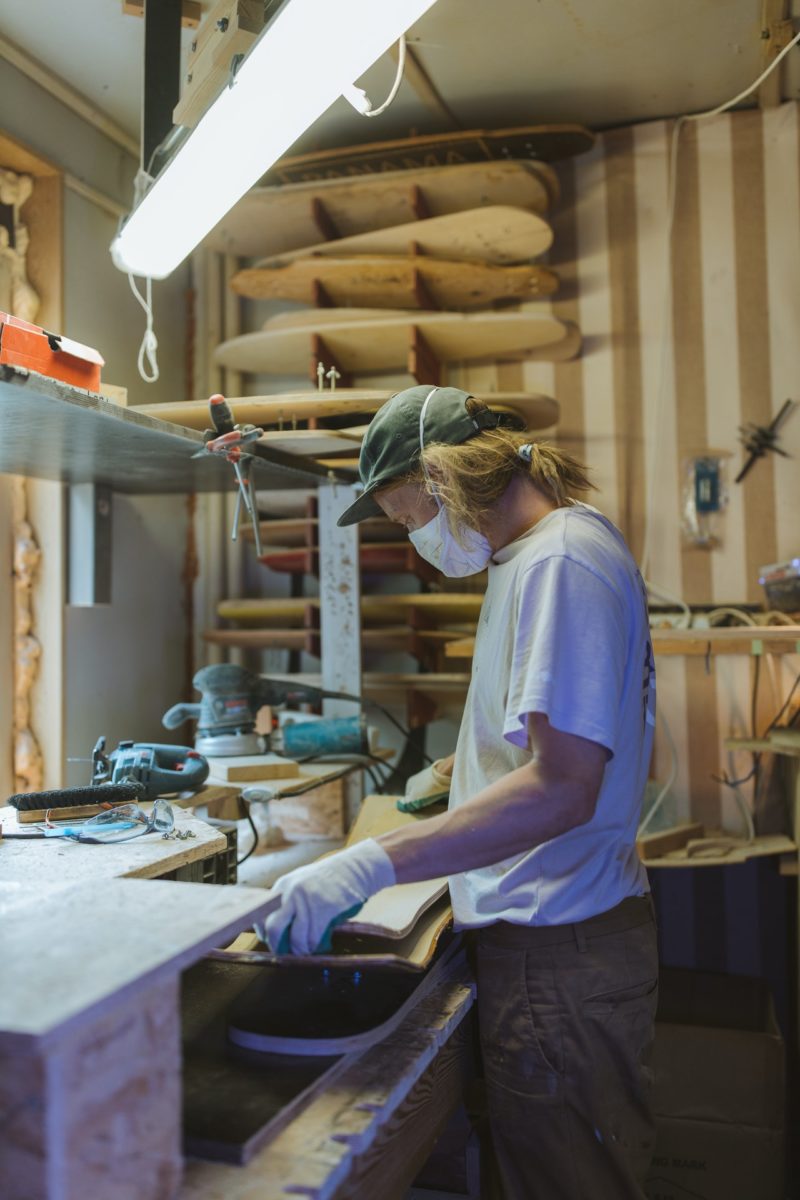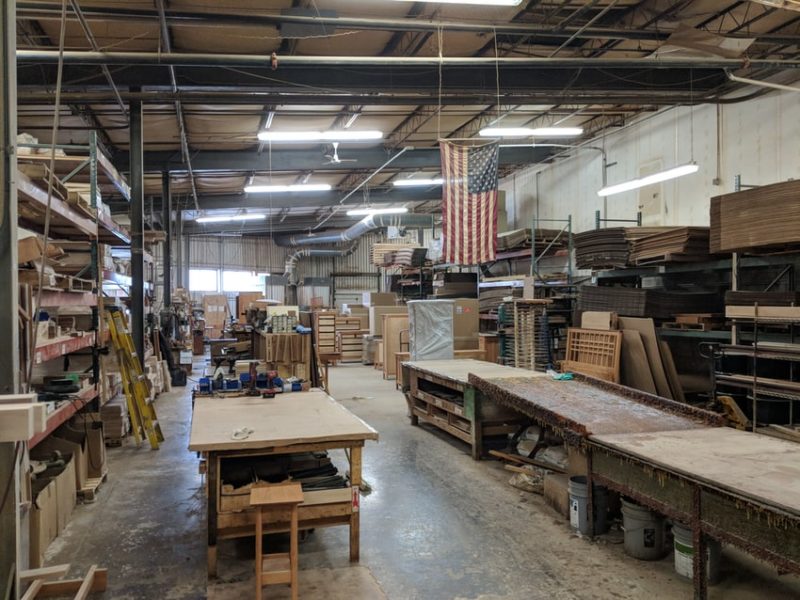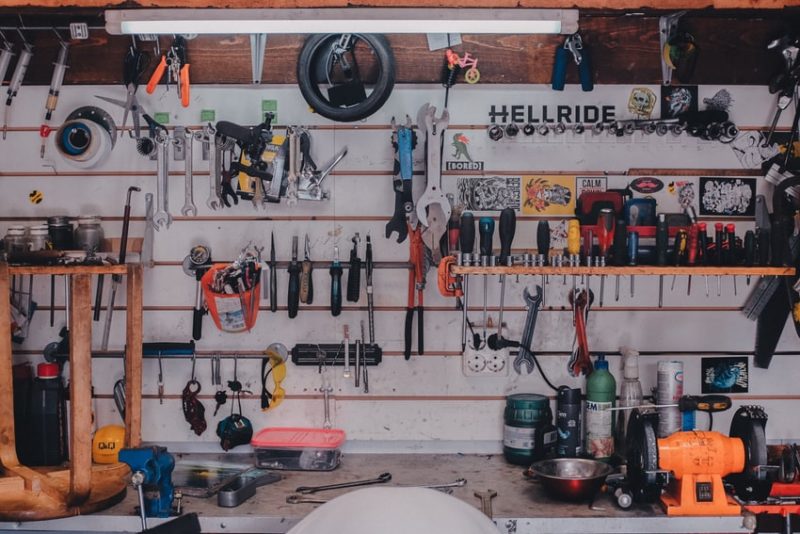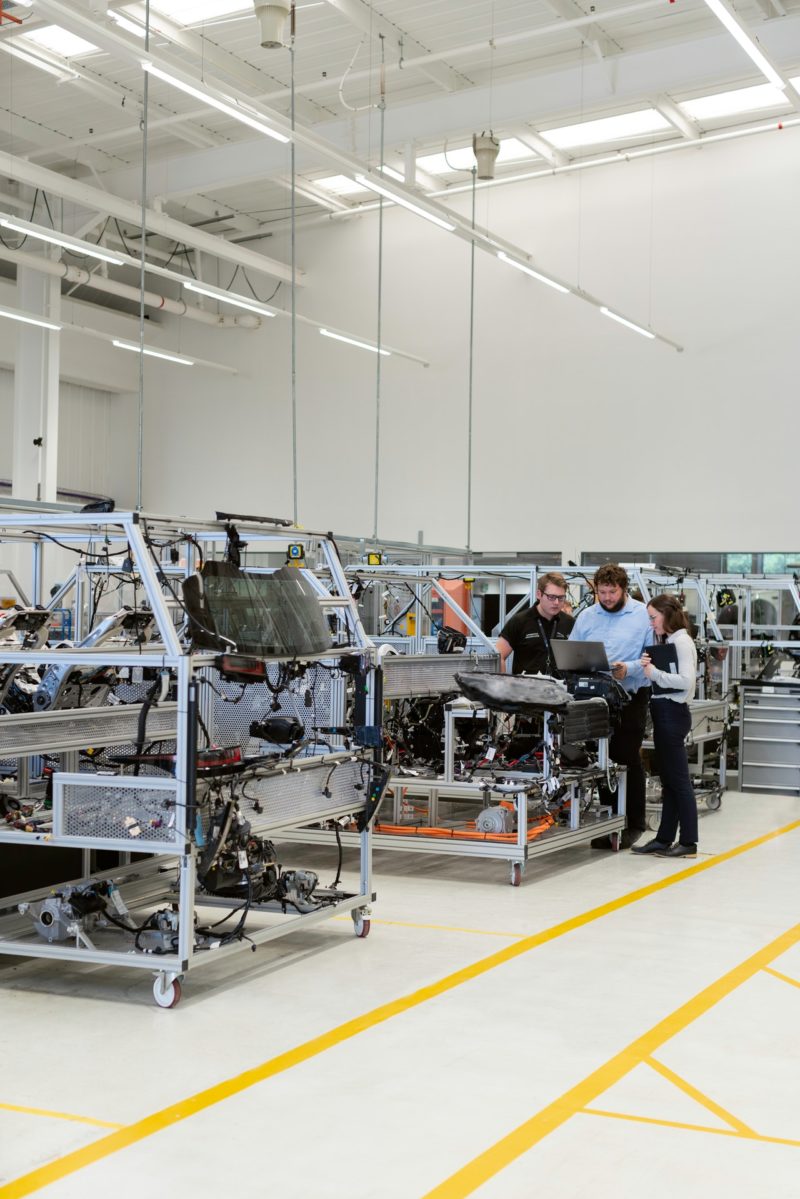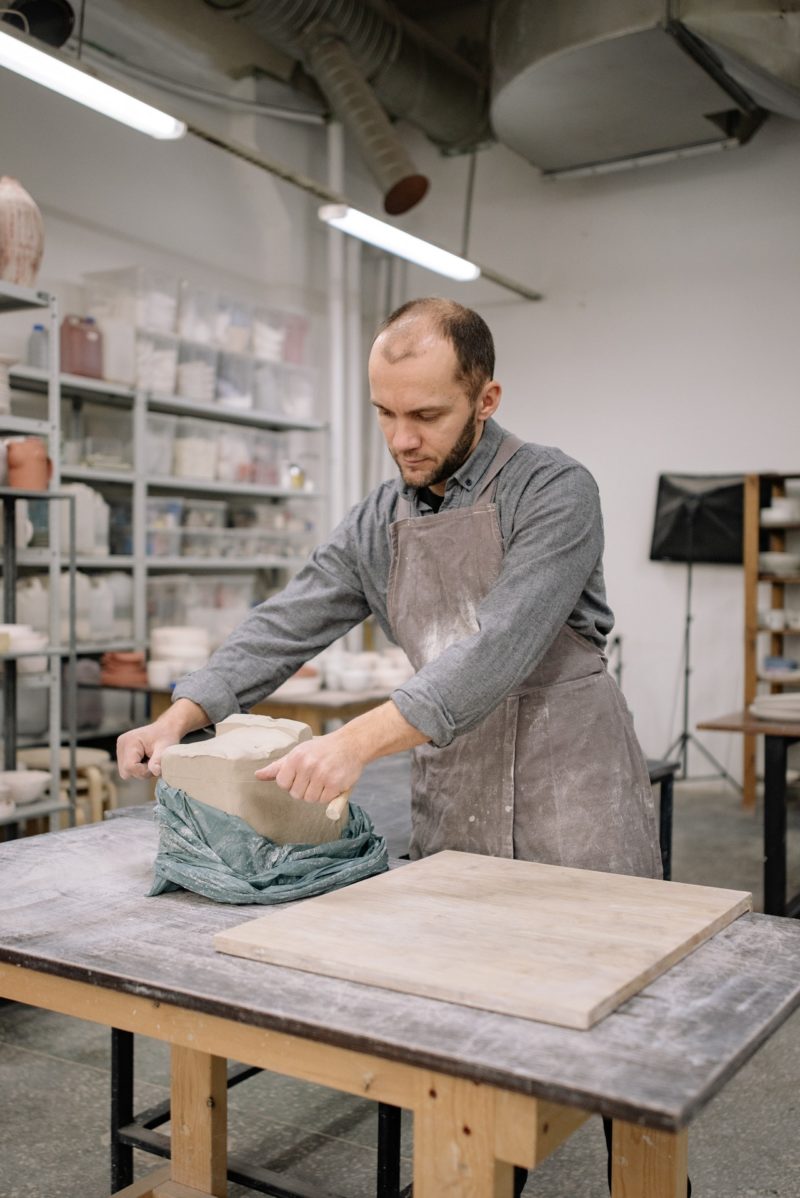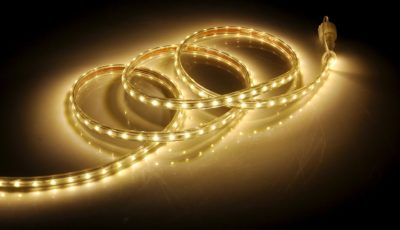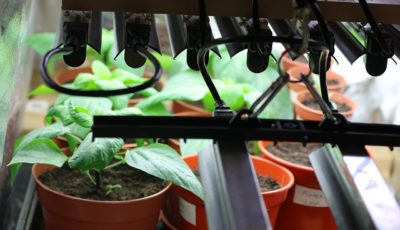5 Important things to know About Led Shop Light
What are LED shop lights? These are lights used commonly in small workspaces, more typically on the workbench. LED lights are an excellent option for workbenches because they emit softer lights on the eyes. On that note, if you have migraine issues, LED lights are a better option for you. Before you go ahead with the purchase that you have floating in your mind, read through this article as you might find interesting quirks of LED shop lights that may reinforce or change your decision.
LED shop lights basics
You probably are familiar with fluorescent shop lights. LED shop lights are a replacement for them in a simple sense. Shop lights are ubiquitous in garages and workshops where lighting fixtures like fluorescent bulbs are a cost-effective method to illuminate the area. If you have seen a traditional fluorescent light, you might have a rough estimate of its size. The standard light fixtures such as these are built to handle fluorescent bulbs around 4 feet long and, compared to incandescent bulbs, provided lower power consumption, longer lifetime, and balanced temperature.
It becomes easy to see why fluorescent bulbs had become a popular choice. However, the adoption of LED technology changed that. LED shop lights exceed the performance of fluorescent shop lights in all aspects from power consumption. Life span, light quality, and so on, and it doesn’t end there as LED shop lights also have a similar form factor when compared to a fluorescent bulb both are 4′ shop light and the fixture style is also very comparable.
Some of the distinct advantages among many are:
- Simple installation method- Shop light fixtures have no requirement for complex electrical knowledge or wirings.
- They are very cost-effective- A shop light usually goes for 10-15$.
- Wastes less energy- You can position a shop light exactly where you will require light or illumination. Illuminating non-essential places are avoided, which helps you save up on electrical bills.
- Adjustable- The height and position of a shop light’s fixture are adjustable. The typical 4 feet led light fixtures, or the fluorescent ones, are ceiling-mounted, which creates difficulties in adjustability. This is why shop lights are usually more efficient in tasks that require the flexibility of illumination.
Advantages of LED shop lights over fluorescent shop lights
It becomes clear very soon why shop lights are ideal for workshops and workbenches. When you compare a shop fluorescent light to a LED shop light, however, you see a big difference, and LED shop lights usually crush its competition; fluorescent lights are no exception.
- LED lights have longer lifetimes, and they consume less electricity, produce less heat, and have no mercury.
- Shop lights would often be positioned near the ground, and as a result, oftentimes, you would see that shop lights are susceptible to accidentally getting stuck by objects and power tools. When using fluorescent tubes, breakages can be hazardous, while extensive cleanup is another disadvantage.
- Lamps that use Fluorescent lights emit light at a 360-degree angle, unlike the Led lights that point the light downwards. As for the reasons we stated earlier, LED lights get even more preferential treatment given; they waste no light and focus it to the place that you want it to. It also helps with the brightness as the light is more condensed yet soft.
- Enhanced spectrum is another quality that LED shop lights can utilize, and it also includes high CRI and photosynthesis optimization. LED lights can also be very color accurate as well as help plants grow.
Different LED shop lights
Today we usually see two main types of LED shop lights available in the stores. These are the integrated LED shop lights and LED stoplights retrofits.
- Usually, the ones that are integrated have the LED electronics and chips directly mounted in the fixture in a way that leaves no room for a lamp to be replaced. Since LED lights have a tremendously longer lifespan, the concept behind the decision is that LEDs last a long time and should be able to emit light for a long time until the fixture itself becomes obsolete.
- The retrofit ones keep the lamp separate from the fixture, which makes them replaceable if the lamb or the fixture stops working. This type of shop light usually involves using a fluorescent shop light fixture. You are advised to just replace a fluorescent tube with a LED tube. Fixtures like these will have fluorescent ballast built into them. You would usually want to op for the integrated LED shop lights over the retrofit ones. One of the reasons being, the integrated ones are specifically built to house LED shop lights with newer technology.
Light output
The brightness of LED shop lights or any LED light for that matter, is measured in lumens. The general public usually is not familiar with this metric and if you are one of them, just follow a rough estimate. The typical incandescent bulbs have around 15 lumens per watt, and the fluorescent lamps have 50 lumens per watt. A 1500 lumen LED shop light roughly equals a 100-Watt incandescent bulb or a 10 Watt fluorescent Lamp.
Also, for example, if you notice a fluorescent shop light using two lamps 30 watts each, you can take a rough guess that you will need around 3000 lumens from a LED shop light to match that.
Color temperature
Color temperature describes how warm or cools the color that is projected by a LED tube is. The yellow tint usually means warmer light, and the blue tint indicates a cooler light color.
2700Kelvin is the same color as a classic light bulb or an incandescent light bulb. From 3000k, the light is slightly bluer, and it is comparable to a halogen bulb and its light color but still carries a somewhat yellow tint to it. 4000k is considered neutral. It falls in the middle. 5000k is typically used for accurate determination of color, such as textiles or prints. 65000k is sometimes regarded as a light comparable to natural daylight and can approximate the appearance of something in outdoor light. With the increase of kelvins, the light becomes cooler or bluer.
Conclusion
When you want to buy LED light bulbs, whether they are shop lights or not, you need to also consider other variables that are out of the scope of this article. LED lights are programmable, and the use-case of LED lights is extremely wide. For shop lights, it’s frequently better to go for LEDs as they are superior and the best in the game right now.

